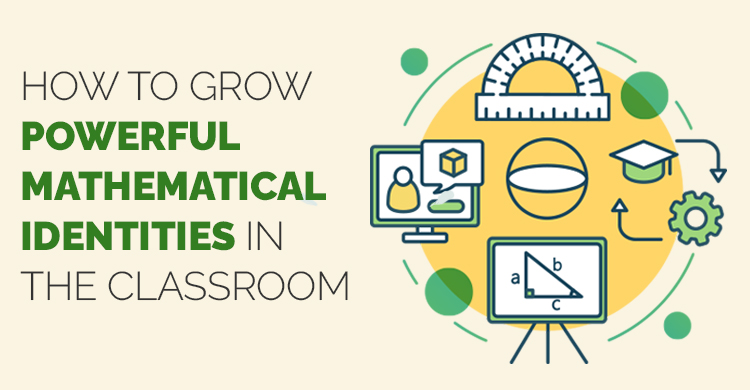“Productive struggle = responsive teaching”
(Matt Larson, 2015 NCSM Keynote)
When teachers are implementing high cognitive demand tasks, the most frequent question I am asked is, “How do you get students to persevere through the task and what does productive struggle look like?” Collaborative teams are implementing rich tasks and students are struggling. However, the struggle does not always result in a deeper understanding of the essential learning standard or a moment of student clarity that comes from that “ah-ha” teachers love to observe during a lesson. Sometimes, the struggle only results in frustration, lack of confidence, lack of willingness to stay engaged, and worse, complete shut down for the rest of the day.
The question then remains, what does productive struggle look like and what teacher actions are needed to create and support productive struggle?
One of the eight research-based mathematics teaching practices from Principles to Action is: Support productive struggle in learning Mathematics (NCTM, 2014). Teachers who attend to the details of student thinking while teaching cognitively challenging math tasks build opportunities for productive struggle. They pay attention to the mathematical thinking needed, guide students with probing questions, and encourage student-to-student discourse to support student understanding.
They key to productive struggle is to understand what teacher actions are needed to support productive struggle. To help teachers understand this, I encourage them to complete the table that describes the student actions they might hear and see during productive struggle. Then, describe the teacher actions that promote productive struggle. An example is shown below.
| Student actions during productive struggle | Teacher actions to support productive struggle |
|
|
What might you add to the table to have clarity on what actions are needed to support students’ productive struggle? Once teachers are clear about what productive struggle looks like and sounds like in the classroom and have thought carefully about the important roles both students and teachers play in that reasoning, a community develops for this important practice. Let the productive struggle begin!
Toncheff, M., & Kanold, T. (2014). Beyond the common core: A handbook for mathematics in a PLC at work. Bloomington, Indiana: Solution Tree.
Principles to actions: Ensuring mathematical success for all. (2014). Reston, VA: NCTM, National Council of Teachers of Mathematics.
[author_bio id=”295″]






